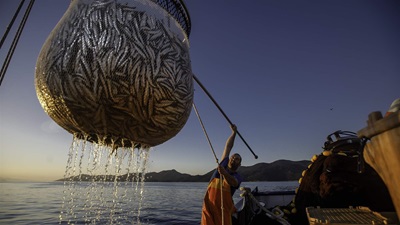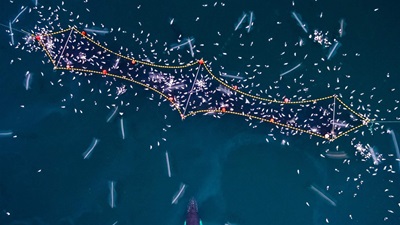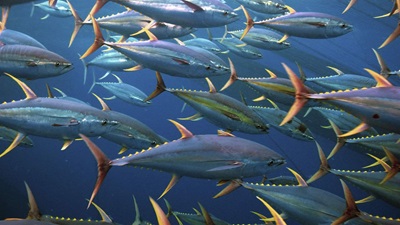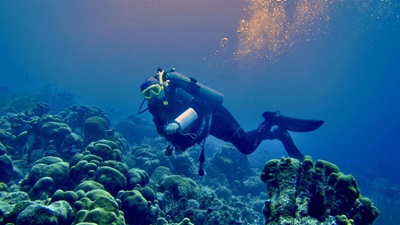Mediterranean Fisheries Need Modern Management Now
By building on recent progress, key oversight body can help depleted fish stocks and habitats recover

Editor’s note: This article was updated on Oct. 7, 2025, to correct the percentage of overfished fish stocks in the GFCM management area.
For decades, overfishing has pushed Mediterranean species – including sardines, hake and seabream – towards collapse. Today, more than half of fish stocks assessed by the General Fisheries Commission for the Mediterranean (GFCM), which regulates fishing across the Mediterranean and Black seas, are overexploited. When the Commission meets 3-9 November in Málaga, Spain, its members can begin addressing that problem. By adopting its first rebuilding plan for blackspot seabream and protecting more vulnerable habitats, GFCM can set a new standard for fisheries management in the region.
New restricted areas would help vulnerable species
GFCM has historically used fisheries restricted areas (FRAs) to limit or prohibit fishing activities and the use of destructive gears. FRAs can help reduce bycatch and provide refuge for species in vulnerable marine ecosystems. Recent reports have identified the Gulf of Tunis, the Gulf of Hammamet and the Mammellone Bank in the Strait of Sicily as appropriate areas for GFCM to establish FRAs.
These areas are essential habitats for mollusks, sharks, pelagic fishes and commercially important shrimps and, perhaps more notably, are nursery grounds for the European hake – another commercially valuable species that, along with shrimp, is overfished by trawlers in the Strait of Sicily. By adopting the FRAs in the areas that scientists identified, GFCM can help these and other species recover.
Harvest strategies work against overfishing
Although FRAs can help protect important habitats and fish populations by limiting fishing in a specific area, harvest strategies ensure more stable, science-based management where fishing is occurring. Harvest strategies are a science-based innovation in fisheries management that many regional fisheries management organizations (RFMOs), including the International Commission for the Conservation of Atlantic Tunas, have deployed.
In short, harvest strategies evaluate a range of scenarios to understand how probable environmental conditions – such as changes in ocean temperatures – might affect fish populations. This approach increases the likelihood that the chosen strategy will work. For example, if a fish population is healthy and not threatened by warming waters, managers may maintain or gradually increase catch limits. But if the population shows decline or stress, managers would lower limits until recovery is evident.
In 2024, GFCM adopted its first harvest control rules (HCRs) to more proactively manage its sardine and anchovy fisheries in the Adriatic Sea. HCRs, which often form the basis of broader harvest strategies, automatically set catch limits based on scientists’ most recent estimates of a fish population’s health. This year, GFCM members have an opportunity to build on this progress by adopting a full harvest strategy for blackspot seabream in the western Mediterranean.
Blackspot seabream has been depleted to approximately 5 per cent of its unfished level, which shows the urgent need for a harvest strategy. The Commission will consider several possible harvest strategies at this year’s meeting, and many of those options would allow for recovery before this stock becomes commercially extinct. Further, adopting a harvest strategy for blackspot seabream in November would allow GFCM to then turn its attention to other species that require targeted management in 2026, such as European hake and shrimp in the Strait of Sicily.
A turning point for Mediterranean fisheries
Fishing has shaped life in the Mediterranean since before the Roman Empire, but centuries of overexploitation have brought many stocks to the brink. To protect the fisheries that are so vital to the region, it is critical that GFCM join other RFMOs in utilizing twenty-first century fisheries management tools. By using FRAs to better safeguard sensitive habitats and by adopting harvest strategies, GFCM can build on its recent advances towards science-based fisheries management. Together, these tools will help reverse past management failings, allow target species to recover, and begin to fulfill Mediterranean managers’ responsibilities to protect the ecosystems on which these valuable fisheries depend.
Esther Wozniak is a senior manager and Grantly Galland is a project director with The Pew Charitable Trusts’ international fisheries project.










